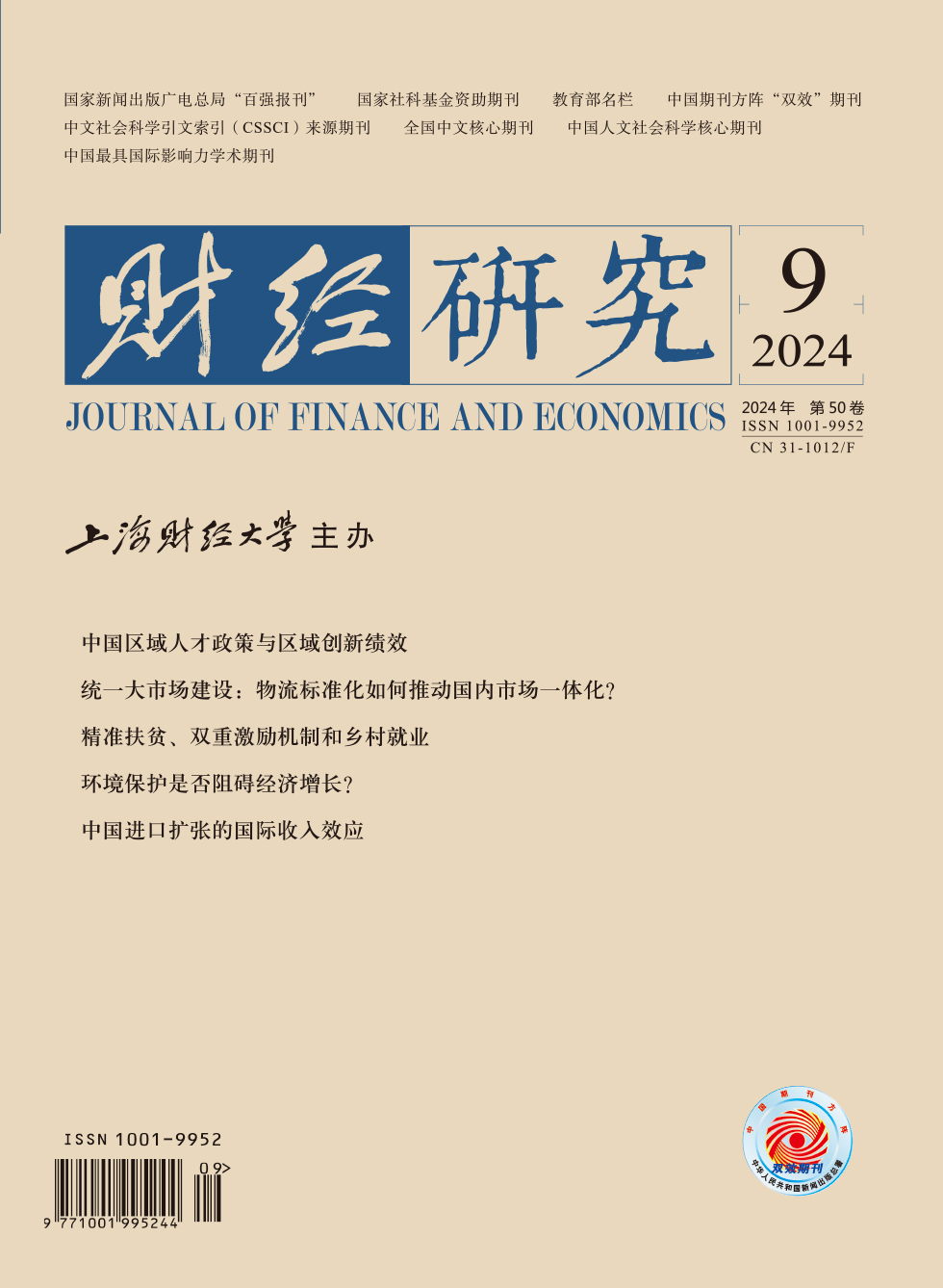After the global financial crisis, the wave of anti-globalization swept across the world. To promote global rebalancing, China and the United States have adopted distinctly different trade policies. The Belt and Road Initiative (BRI) is an open platform proposed by China that focuses on promoting economic cooperation through lowering trade costs and facilitating trade connectivity, which has emerged as a significant effort in reshaping the global economic and trade landscape. By contrast, the unilateral trade friction initiated by the Trump administration in 2018 led to increased global trade costs and the widespread propagation of trade protectionism worldwide. However, there are few studies examining the role of China’s multidimensional trade policy adjustments under the BRI in countering the negative impact of Sino-US trade friction. This undoubtedly hinders a comprehensive understanding of the significance of BRI in mitigating risks posed by trade protectionism.
Using the Global Trade Analysis Project (GTAP) model and the GTAP 11.0 database, this paper quantitatively evaluates the role of BRI in mitigating the negative impact of Sino-US trade friction from both static and dynamic perspectives. The results show that the reduction in trade costs along the Belt and Road can effectively offset the negative impact of increased trade costs between China and the US on China’s economy. Diversified import sources help bridge the supply gaps for major commodities such as agricultural and mineral products in China, although they have not yet fully addressed the demand gap in the short term. The relocation of industrial transfer from China to BRI partners can stimulate their demand for capital goods, thus boost a rise in China’s capital goods output, which contributes to the reversion of output decline after the trade friction. From a dynamic standpoint, with the improvement of the industrial foundations of BRI partners and the release of demand potential, the Belt and Road is poised to emerge as a pivotal conduit for China’s export expansion.
The academic values of this paper are as follows: First, it focuses on the economic effect of changes in trade costs in the anti-globalization era. Second, it employs the newly developed GTAP 11.0 database to evaluate the static and dynamic effects of multidimensional trade policy adjustments and the trends of China’s sectoral output changes. Third, it emphasizes critical policy implications of high-quality BRI in mitigating the challenges posed by trade protectionism and China’s output adjustment.





 373
373  316
316
